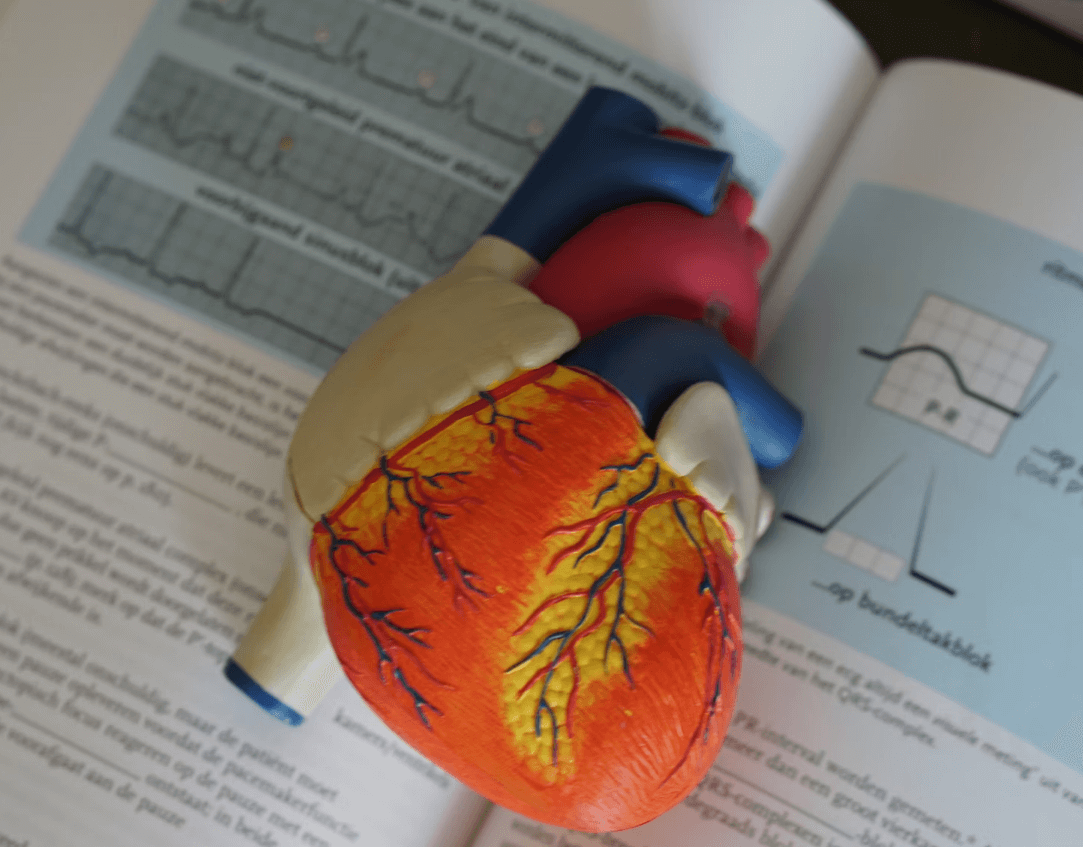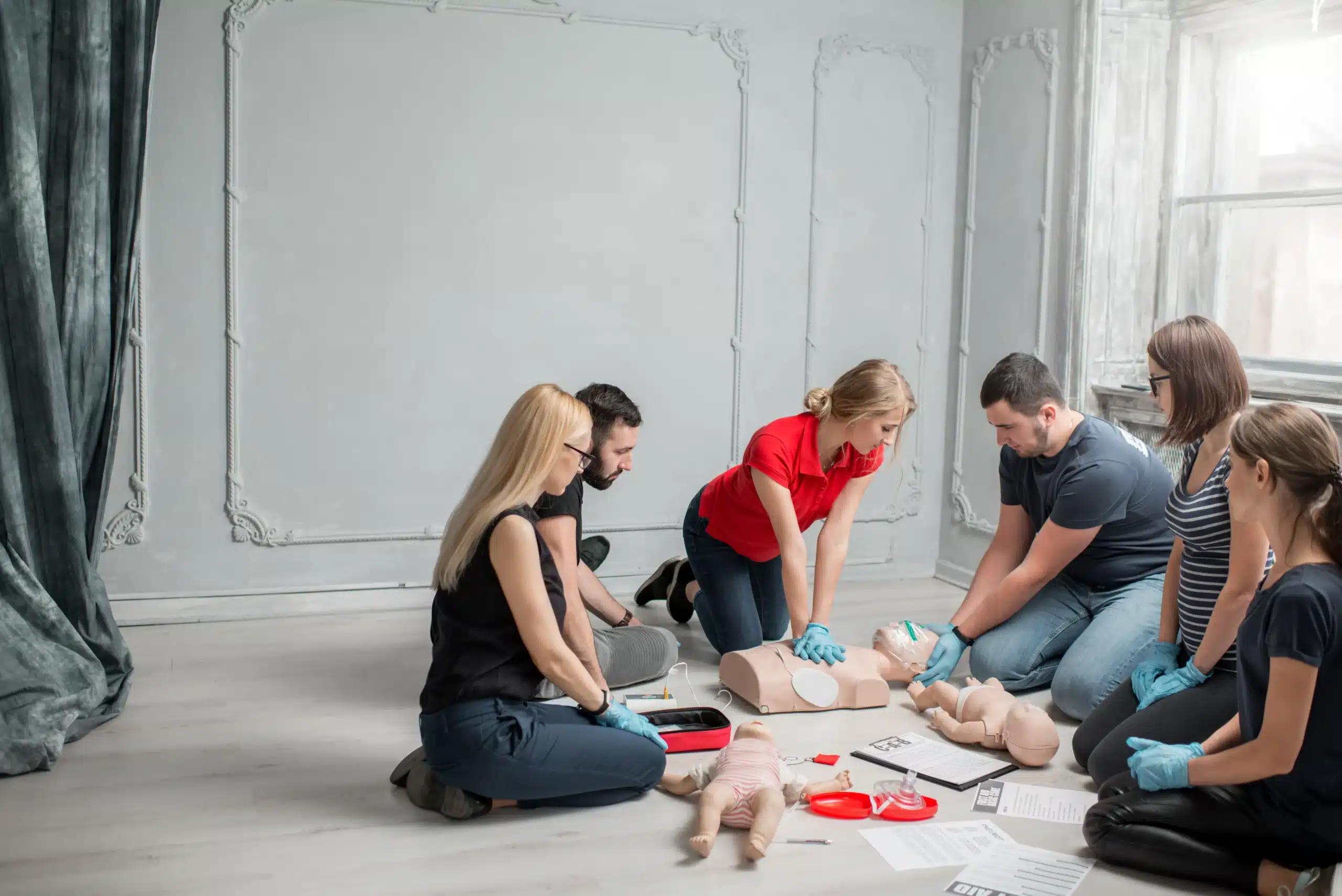Workplace safety is a significant concern for both employers and employees. One of the key aspects of ensuring a safe working environment is providing CPR (Cardiopulmonary Resuscitation) and first-aid training to employees. This training can potentially save lives, increase employee confidence, reduce liability, boost team morale, and improve overall safety awareness in the workplace.
Saving Lives: The Foremost Benefit
The most crucial advantage of CPR and first-aid training at the workplace is the potential to save lives. In an emergency, the immediate response can often mean the difference between life and death. When employees are trained in CPR, they can provide necessary help if a coworker stops breathing or goes into cardiac arrest. This immediate intervention can buy precious time before professional medical help arrives.
Empowering Employees
Workplace CPR and first-aid training empower employees to take action during emergencies. It equips them with the knowledge and skills to respond effectively in critical situations. This empowerment not only enhances their value as an employee but also boosts their confidence, making them feel more secure and valued in their work environment.
Reducing Liability and Boosting Morale
Providing CPR and first-aid training can also reduce liability. When employees are trained to respond to emergencies appropriately, it can prevent situations from escalating and causing further harm. This proactive approach to safety can enhance the company’s reputation and demonstrate to employees that their wellbeing is a priority, thereby boosting team morale.
Promoting a Safe and Healthy Working Environment
CPR and first-aid training promote a safe and healthy working environment. When employees are aware of safety procedures, it reduces the number of accidents and injuries. Moreover, it encourages a culture of safety, where employees look out for each other and take proactive measures to prevent accidents.
Enhancing Safety Consciousness
Being first-aid trained in the workplace is important because it enhances safety consciousness. It equips people with the knowledge to respond to emergencies, increasing their awareness of potential hazards and fostering a culture of safety. This heightened awareness can lead to a reduction in accidents, making the workplace safer for everyone.
In conclusion, investing in CPR and first-aid training in the workplace is not just about compliance with safety regulations; it’s about creating a culture of safety and care. It empowers employees, reduces liability, boosts morale, and most importantly, saves lives. Providing such training opportunities demonstrates that the organization values its employees’ well-being and safety, making it an essential part of any workplace safety program.
Thus, it’s clear that the importance of workplace CPR and first-aid training cannot be overstated. It’s an investment that yields considerable benefits, not only for the employees but also for the organization as a whole.








